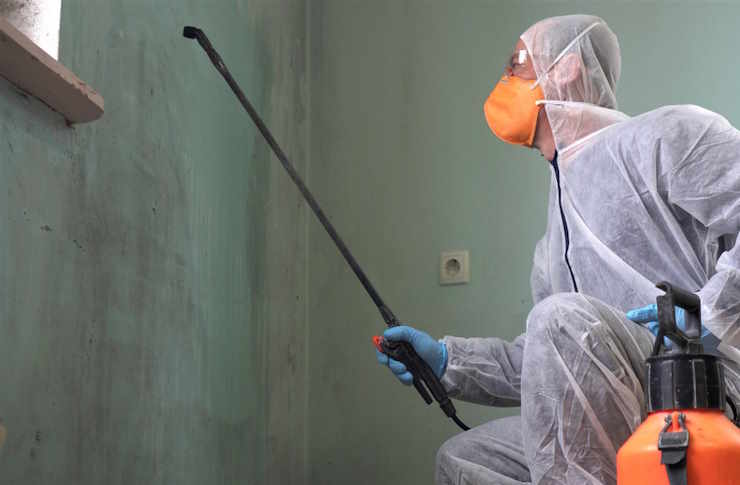Disinfection Services: Practical Guide for Buildings and Workplaces
Routine disinfection services help reduce the presence of infectious agents on surfaces and in shared environments, complementing regular cleaning and hygiene measures. Understanding what disinfection involves, when to apply it, and how trained technicians operate can help building managers, employers, and residents make informed decisions about maintaining safer spaces. This article explains common methods, distinctions between related processes, and practical considerations for selecting local services in your area.

This article is for informational purposes only and should not be considered medical advice. Please consult a qualified healthcare professional for personalized guidance and treatment.
What is disinfection?
Disinfection is the targeted process of using chemical or physical agents to reduce or eliminate pathogenic microorganisms on surfaces and objects. Unlike routine cleaning, which removes dirt and organic material, disinfection focuses on inactivating viruses, bacteria, and fungi that may remain. Disinfectants vary by active ingredient (e.g., quaternary ammonium compounds, bleach solutions, hydrogen peroxide) and by contact time required to achieve efficacy. Proper surface preparation — cleaning first to remove grime — is essential because soil can reduce a disinfectant’s effectiveness. Regulatory guidance and product labels provide instructions for safe and effective use.
How does cleaning differ from disinfection?
Cleaning and disinfection are complementary but distinct steps. Cleaning uses detergents or soap and water to physically remove dirt, grease, and organic matter from surfaces; this step lowers microbial load but does not necessarily kill microorganisms. Disinfection follows cleaning to chemically inactivate remaining pathogens. In many service plans, teams perform an initial cleaning pass, then apply disinfectants according to manufacturer directions. Choosing the right balance depends on risk level, surface type, and purpose of the space: healthcare and high-traffic public areas often require more frequent or stronger disinfection protocols than private homes.
When is sanitization necessary?
Sanitization is a term sometimes used interchangeably with disinfection, but it usually refers to reducing microbes to levels considered safe by public health standards. Sanitization is common in food service, childcare, and hospitality, where specific microbial limits apply. Situations that may call for sanitization include routine maintenance in restaurants, after minor contamination events, or where regulatory compliance is required. The choice between sanitization and disinfection depends on the target organism, surface compatibility, and the acceptable risk level. Service providers can advise on appropriate frequency and methods for your specific environment.
How does hygiene affect spaces and protocols?
Hygiene practices — personal and environmental — influence how effective cleaning and disinfection efforts will be over time. Hand hygiene, respiratory etiquette, and proper waste handling reduce the introduction and spread of contaminants, lowering the need for frequent deep disinfection. Environmental hygiene refers to maintaining surfaces, ventilation, and layout to minimize cross-contamination (for example, using touchless fixtures or washable surfaces). Integrating hygiene education with scheduled cleaning and targeted disinfection provides a layered approach that is more sustainable and effective than relying on one method alone.
What does a disinfection technician do?
A disinfection technician is trained to assess spaces, select appropriate products and application methods, and follow safety procedures to limit exposure risks to occupants and staff. Typical responsibilities include pre-cleaning assessments, selecting EPA-registered or otherwise approved products, applying disinfectants with wipes, sprays, fogging, or electrostatic sprayers as appropriate, and documenting procedures. Technicians should use personal protective equipment, understand contact times, and ensure ventilation when using chemicals. Credentials and training vary; ask providers about certifications, training programs, and methods used when evaluating local services in your area.
Conclusion
Disinfection services are one component of a comprehensive plan to reduce microbial risks in buildings and workplaces. By distinguishing cleaning from disinfection and sanitization, emphasizing hygiene practices, and relying on trained technicians who follow product instructions and safety guidelines, organizations and households can create more resilient environments. When seeking local services in your area, request details about methods, products, training, and documentation so you can match the approach to your risk profile and operational needs.






